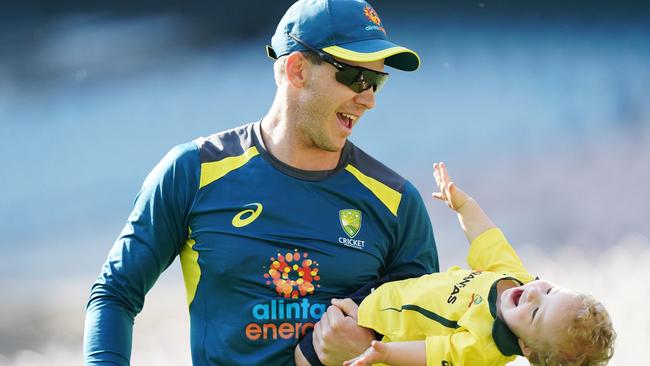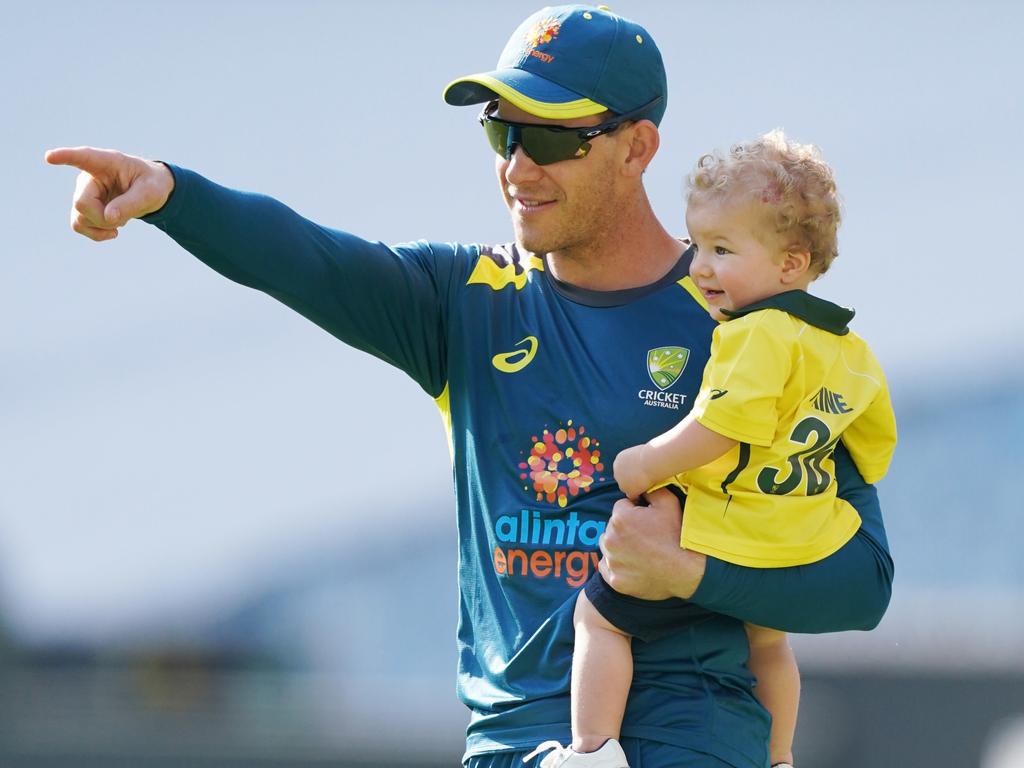The accidental tradition of the Boxing Day Test
The foundation of the Boxing Day Test put players and administrators on a collision course.

In cricket, the “Boxing Day Test” is not just the calendar’s most hallowed event, but a brand name owned by Cricket Australia, and as such a kind of index of customer loyalty. For all the focus on the cricketers lining up for the national anthem on Thursday morning, and on the humours of Matt Page’s pitch, in some respects the day’s most studied stars will be the spectators.
The ground’s six-figure capacity will not be tested – except by AFL grand finals, it seldom is. But the eventual figure will carry far and wide. It’s six years since the MCG broke its own record for a day’s Test match attendance: 91,112, as a down payment on a final total of 271,865.
New Zealand are not the same drawcard as England. When the Black Caps were last accorded a Boxing Day Test, in 1987, they drew 51,807, and 127,804 for the whole Test. Still, one suspects that New Zealand Test cricketers have hardly played in front of audiences bigger – or, for that matter, more boorish, it then being the heyday of calling Richard Hadlee a wanker.
We’re often told these days that it’s not bums on seats that matter so much as bums on armchairs and couches — that is, that it’s home viewing rather than the live audience that counts.
In an economic sense, this is true, gate takings having dwindled as a revenue source relative to television rights. Yet the beep of barcodes remains almost as galvanising as the click of turnstiles. A crowd has impact, sees itself, and responds. A crowd is unambiguous, brooks no statistical quibbling – no double counting here.
A crowd becomes a visible yardstick. It was on January 2, 2016, when the MCG was filled with more than 80,000 souls for a local derby, half as large again as the Boxing Day crowd a week earlier, that the Big Bash League manifested as a summer phenomenon.
The modern convention of Boxing Day Test cricket is itself a landmark in the game’s touting for custom, and happened partly by accident. The Melbourne Test, older readers will recall, was traditionally held over the New Year; Boxing Day was immemorially reserved for Victoria’s hosting of NSW in the Sheffield Shield.
Then, for the first day of 1975, the Australian Cricket Board wished to stage a newfangled one-day international, repeating a successful dabbling four years earlier. To make room, they brought the Test match forward a week and bumped the Shield.
The Ashes worked their usual magic. More than 77,000 turned up for Boxing Day 1974, and a quarter of a million for the game – the greatest aggregate since Bradmania.
A year later, the MCG was swelled by more than 85,000 to see the West Indies – still a record for a non-Ashes Test day.
These crowds were of great significance in the evolution of Australian cricket, because of the opposites of their interpretation. Administrators were affirmed in their sense of cricket’s primacy; players began brooding on their share.
Ian Chappell’s Australians were notoriously paid $200 each for playing in 1974’s Boxing Day Test, which grossed $251,711. Dennis Lillee, already antagonised by the board’s niggardly attitude to the medical costs he incurred in returning from his drastic back injury, famously scoffed that the sightboard attendant was better rewarded; Chappell himself, in his brother Greg’s words, had “a kind of epiphany” about the players’ state of serfdom.
Lillee had written a caustic newspaper column in favour of cricketers receiving contracts, as an alternative to their total exposure to the vagaries of selection.
When the board chairman Tim Caldwell asked Chappell to ask Lillee to tone his views down, the Australian captain retorted that he happened “to agree with what he’s writing”.
Chappell’s pushing back on pay and conditions began here. In his 1976 autobiography, he specifically cited attendance figures in his pitch for better pay and conditions: “We are entertainers and very successful ones at that ... While we are drawing people in those numbers, surely we deserve to be rewarded accordingly.”
So, interestingly, it was not broadcasting or sponsorship that first radicalised the players: it was the gate that got on their goat. In his recent autobiography, Lillee remembered a proposition he entertained during 1977’s Centenary Test of a levy on Melbourne crowds.
“My proposal was that every person who walked through the turnstiles, including members, paying adults and kids, pay an extra levy of 50c, which would go directly to the Australian players out in the middle,” recalled Lillee. “Not every Test would have reaped us that sort of reward, but whatever the amount it would surely have been better than the going rate at that time.”
When Kerry Packer helped the Chappell/Lillee cohort capitalise on their fame, however, it was more directly, through the television ratings point.
Partly because of that alliance, the game that used to deal in cents now thinks in hundreds of millions, and Boxing Day is an occasion for double-dipping.
No sooner will Thursday’s play end in Melbourne, than the switch will throw to Perth for the Scorchers hosting the Sydney Sixers – a piquant contest, given the covetous eyes cast on the Test from the west.
Again, though, the occasion of the Boxing Day Test goes on mattering, and for reasons beyond its contribution to the exchequer.
Why? Perhaps because the event provides visual testimony not to transient excitements but to the sway of decades, in its links to the inaugural Test match and inaugural one-day international, held at the same venue.
It corroborates, too, the abiding and intergenerational love of cricket. That world record crowd in 2013 was achieved in spite of the Test match in question being “dead”, the Ashes having already been decided.
It is an occasion spacious enough to permit the contemplation of things other than itself – community, custom, family and friends. In this sense, it blends readily with tone of the festive season – it is cricket’s late Christmas.







In the Anglosphere, Boxing Day is a secular holiday of obscure origins, first attested about 200 years ago, seemingly derived from the custom of giving a “Christmas box” to satisfactory servants.